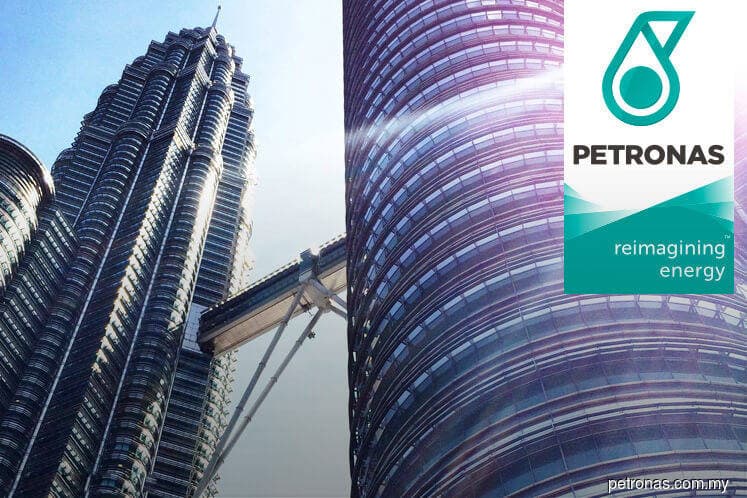
This article first appeared in The Edge Financial Daily on December 5, 2017
KUALA LUMPUR: Petroliam Nasional Bhd (Petronas) projects oil prices to hold in the US$50s (RM203.5) and US$60s in its 2018-2020 outlook report released yesterday, but is adopting a conservative approach until it is assured that the current price recovery is sustainable.
Up until recently, Petronas planned its operations with crude oil benchmarked at US$45 per barrel. While it shares a similar view with street estimates on oil price to stay above US$50, the national oil firm said it is adopting a “lower for longer” approach.
“In the ‘lower for longer’ environment, we have chosen to remain prudent, and this is reflected in the activity level illustrated in this report until we are confident that the current uptrend is sustainable,” the company said in the Petronas Activity Outlook (PAO) report.
“In our view, the oil price outlook will hover around US$50 to US$60 per barrel,” said Petronas. “The majority of analysts agree that US$100 per barrel is now a thing of the past.”
The oil giant said it intends to continue its cost optimisation effort through the ongoing Project Cactus and Cost Reduction Alliance (Coral) 2.0, which was set for the 2015 to 2019 period.
Petronas has decided to make public this PAO report (its second), revealing comprehensive information on project activities and demand outlook for the local oil and gas services and equipment (OGSE) sector in the public domain. The first PAO, which was published for the 2017 to 2019 period, was available only for the local OGSE companies.
Petronas said the PAO is published to “improve market information flow”. Its group procurement vice-president Samsudin Miskon said transparency of information would help rebalance market activities.
“This will positively impact supporting ecosystems like investment and financing, which are crucial in promoting a thriving OGSE sector,” said Samsudin in a statement.
“As we approach 2018, the uncertainty in the oil and gas industry remains a topic of constant discussion. It is imperative for industry players to understand key trends as a barometer for the industry,” he added.
Information from the report, such as demand indicators for both upstream and downstream activities — projected with high/low scenarios — are expected to help companies in the sector better plan their resources and business decisions.
The report also includes a projection of a development project portfolio, dividing between greenfield and brownfield sites, together with estimated portions of oil-related projects and new facilities development within the portfolio.
However, it noted that activities are not categorised by contract award or tender issuance, meaning that activity which may have been contracted at the time of reporting are also included in the PAO.
Meanwhile, Petronas added new sub-categories in the category specific outlook — such as linepipes under the offshore installation category and hydraulic workover units under the drilling rigs category — to provide a better indication to participating companies.
Cost efficiency has remained a major theme in the Petronas’ effort to draw the local O&G industry out of its previous downturn. In the report, it highlighted cost competitiveness and substitutions as a key issue to be addressed by drilling rig companies, as well as a recommendation for smaller offshore structures for fabricators, among others.